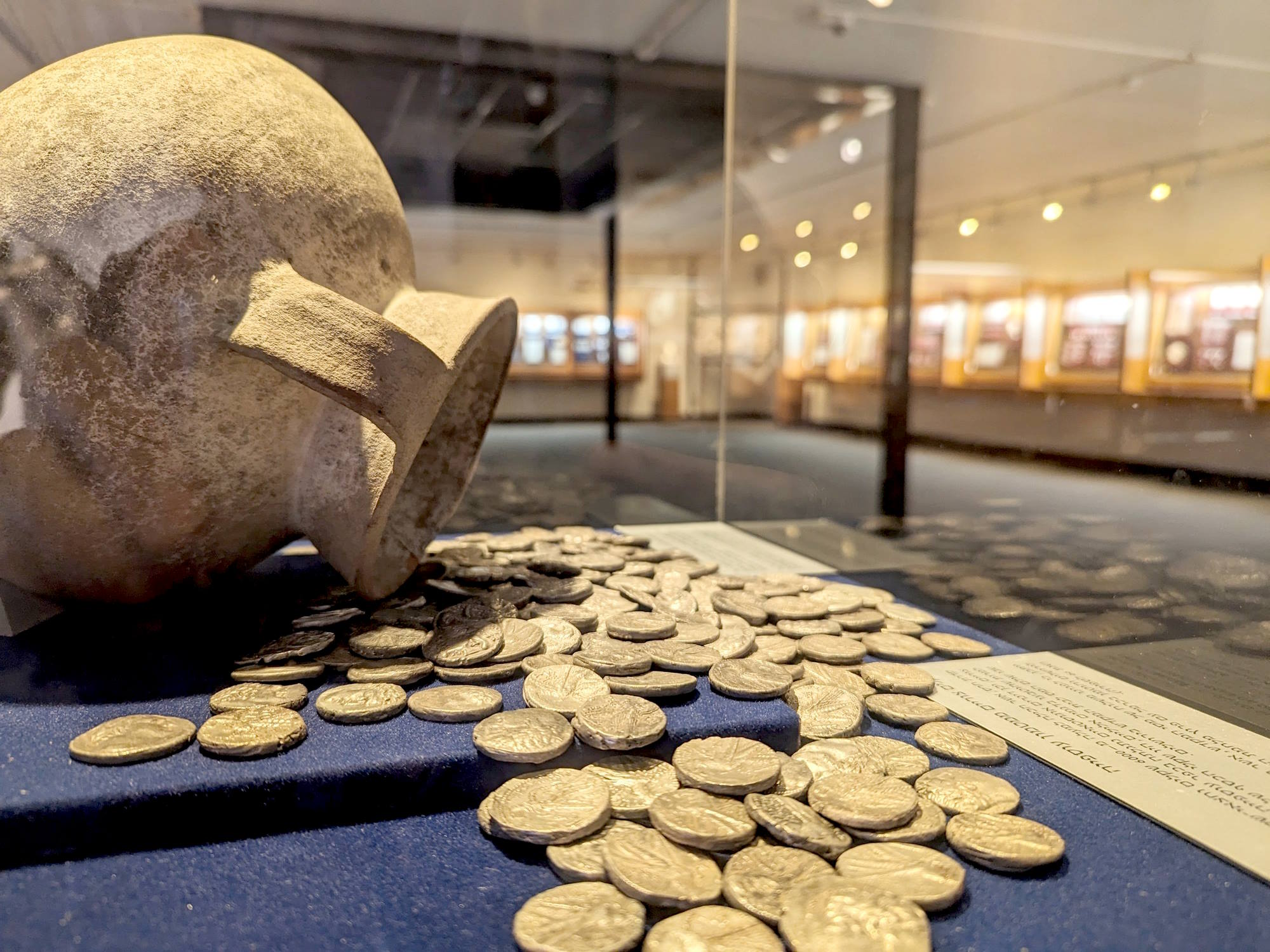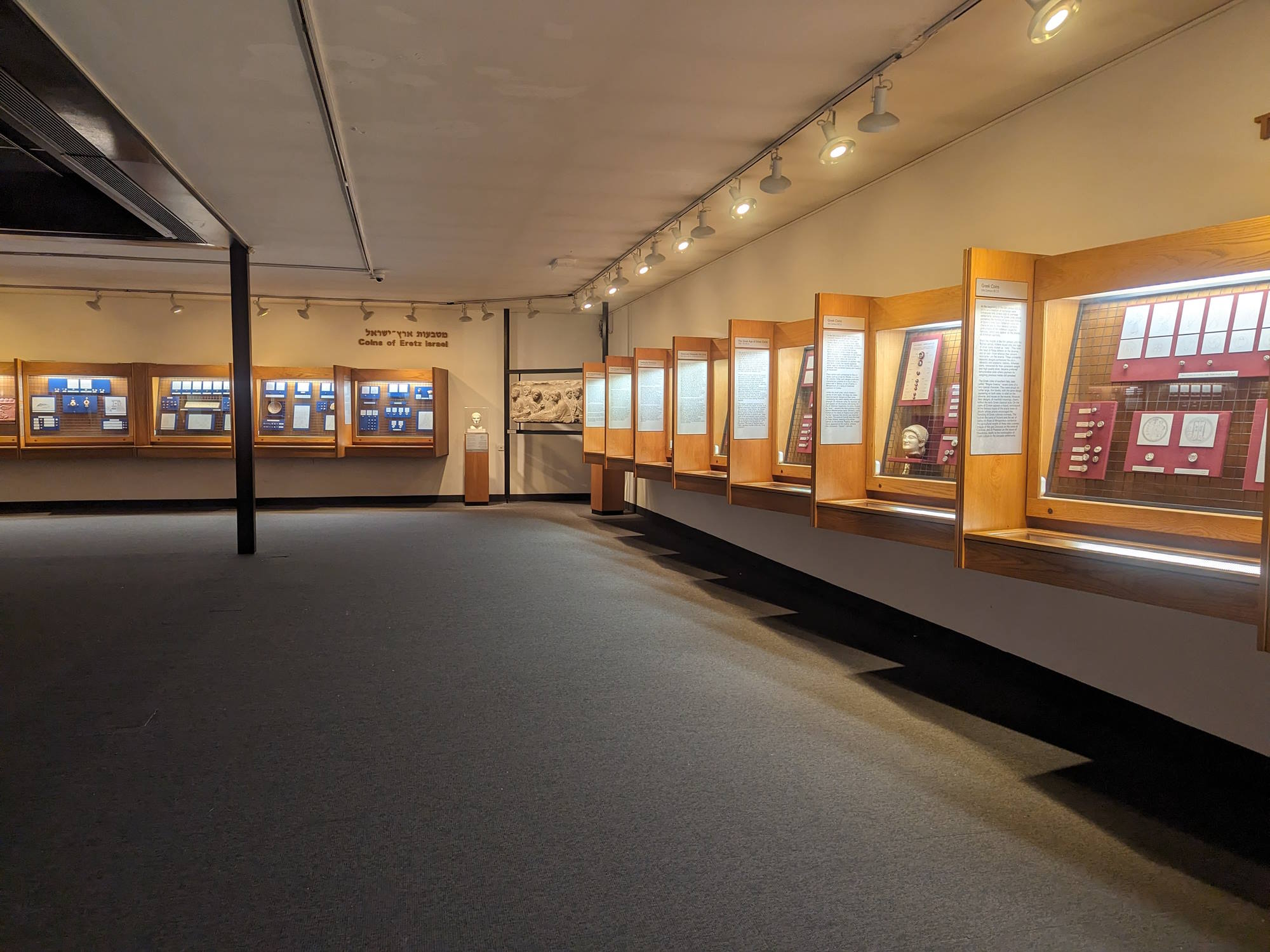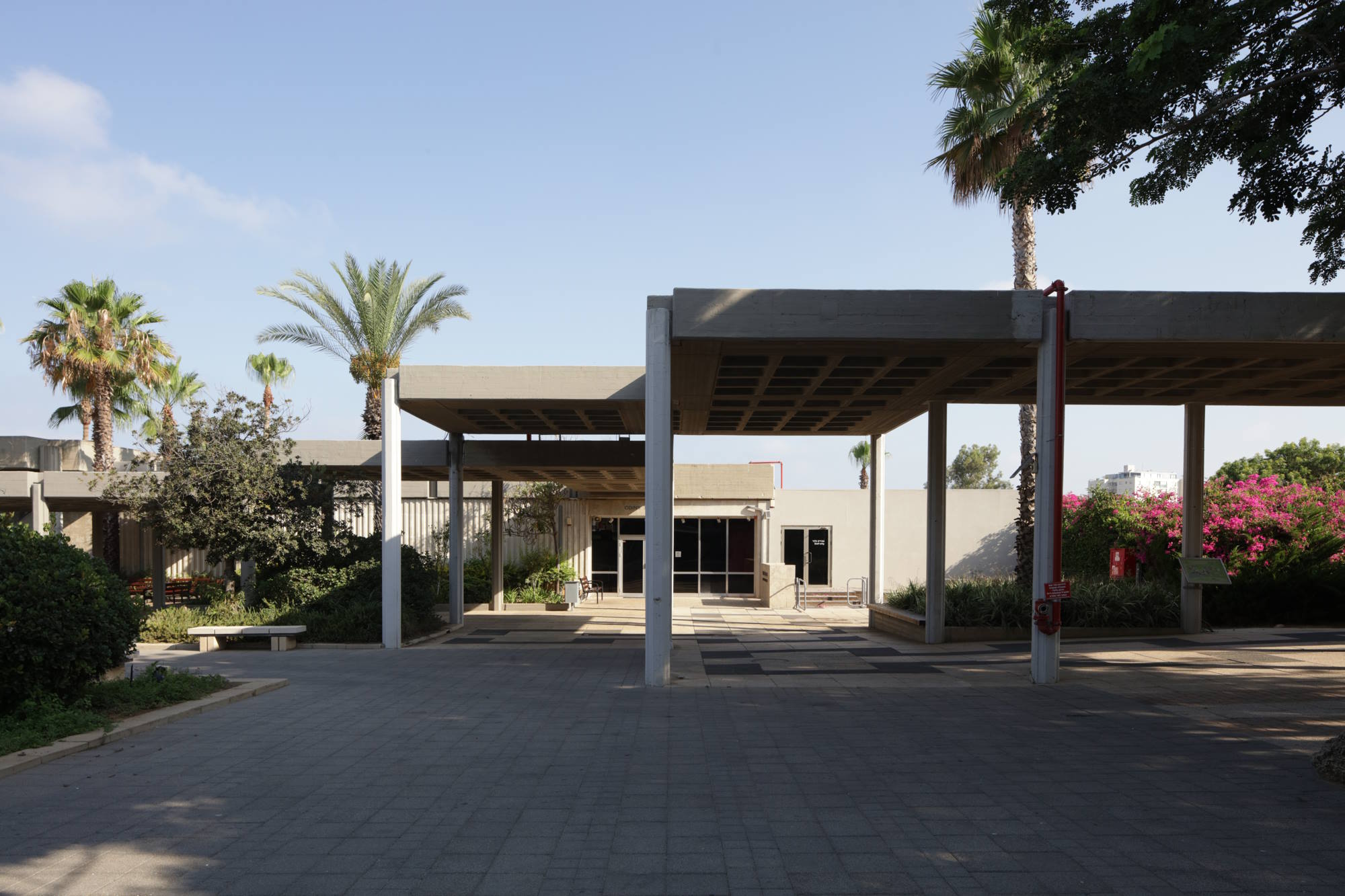The Kadman Numismatic Pavilion was established at the initiative of Leo Kadman and was inaugurated in 1962. The collection of antique Greek and Jewish coins donated to the museum by Kadman formed the nucleus of the largest numismatic collection in Israel and one of the largest in the world.
The Kadman Numismatic Pavilion is also a center of activity for the Israel Numismatic Society (INS), founded in 1945, which has been involved in the activities of the pavilion since its establishment.
Numismatics is a research field concerned with coins and other means of payment. The pavilion’s collection includes tens of thousands of different items from all over the world that fit this definition in the broadest sense, including antique and modern coins, banknotes and different kinds of bonds, means of payment other than banknotes and coins, weights, items connected to minting, medals, seal impressions, antique books on coins and more.
The exhibits portray the story of means of payment from their origins up to the present day, with the emphasis on the history of the Land of Israel as reflected in coinage, and are divided into five main sections as described below.
Before Coinage
Exhibited in this section are various objects, such as salt, tea, shells, beads, bracelets, hacksilver etc. that were used as means of payment, mainly by agricultural societies that were still unfamiliar with coins. These societies mostly employed barter and metal ingots weighed in scales.
The Origins of Coins – Greek Coins
The invention of coinage in the 7th century BCE transformed commerce in the ancient world. This revolutionary means of payment, which originated in Lydia in Asia Minor, spread rapidly throughout the Ancient Greek world. The superb artistic quality of these coins reached its peak in the 5th and 4th centuries BCE. Also shown in this section are coins of the Persian kings, Alexander the Great, the Ptolemaic kings of Egypt and the Seleucid kings of Syria.
Coins of the Land of Israel
Displayed in this section are coins minted in the Land of Israel by Jewish authorities, or by non-Jewish authorities for Jews, from the 4th century BCE to the 2nd century CE. It includes Yehud coins from the Persian and early Hellenistic periods, Hasmonean coins, coins of the Herodian dynasty, coins of the Roman governors in Judea, coins of the Jewish War against the Romans, Judea Capta coins, and coins of the Bar Kokhba Revolt, the last coins minted by Jews in antiquity.
The Land of Israel Under Foreign Rule
Many kingdoms ruled the Land of Israel over the generations, but it was the Roman Empire that left the deepest impression. Forty cities in the Land of Israel and Transjordan minted coins (1st century BCE – 3rd century CE), which are a fascinating source of information for the region’s history. The development of Christianity brought about a significant change, with the images of various deities being replaced by Christian motifs such as the cross. In addition, the Greek script which was dominant on the coinage during the Roman period was replaced by Latin. During the late Roman and Byzantine periods (4th–7th centuries CE) almost no coins were struck in the country and coins were imported from mints in Europe, Syria and Egypt. The Byzantines introduced the first currency on which the denominations were systematically indicated. After the Arab conquest (640 CE) several local cities struck bronze coins, imitating Byzantine coins. Later, the Umayyad Caliph ‘Abd al Malik ibn Marwān initiated a reform which led to a ban on images and Greek legends on coins. When the Crusaders took over the Levant, they mostly minted silver coins bearing crosses and local motifs.
From the Middle Ages to the Present Day
The Ayyubids, the Mameluks and later the Ottomans ruled the region successively until the early 20th century. Towards the end of the Ottoman period the local population used Turkish and European coins. At the beginning of the British Mandate Egyptian currency came into use, and in 1927 the Mandate began issuing its own coins and banknotes.
Since the establishment of the State of Israel in 1948 and up to the present day, its coins express the historical connection between the reborn state and the ancient numismatic heritage of the Jewish people. The motifs that appear on modern coins are mostly taken from ancient Jewish coins, a unique phenomenon in the world.



